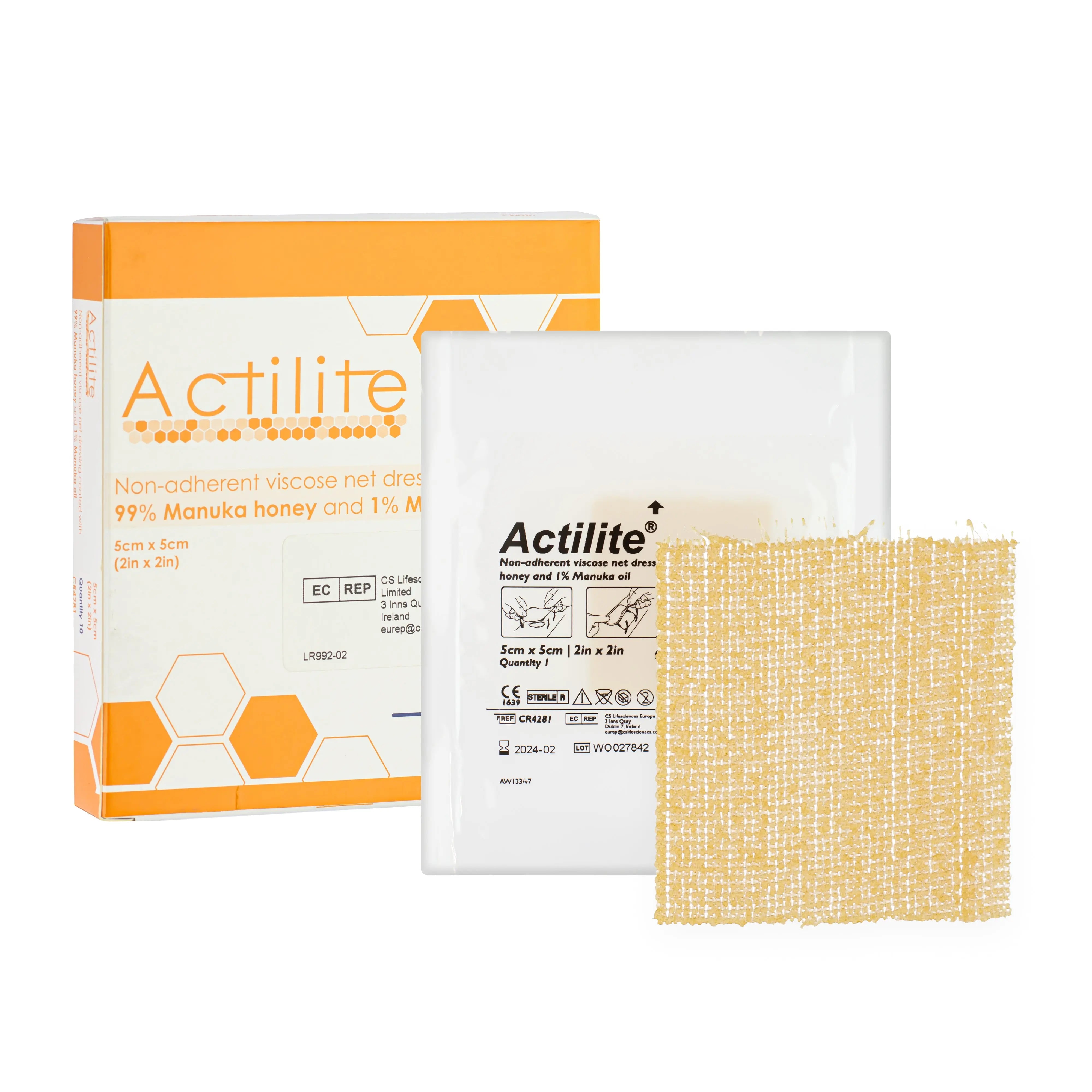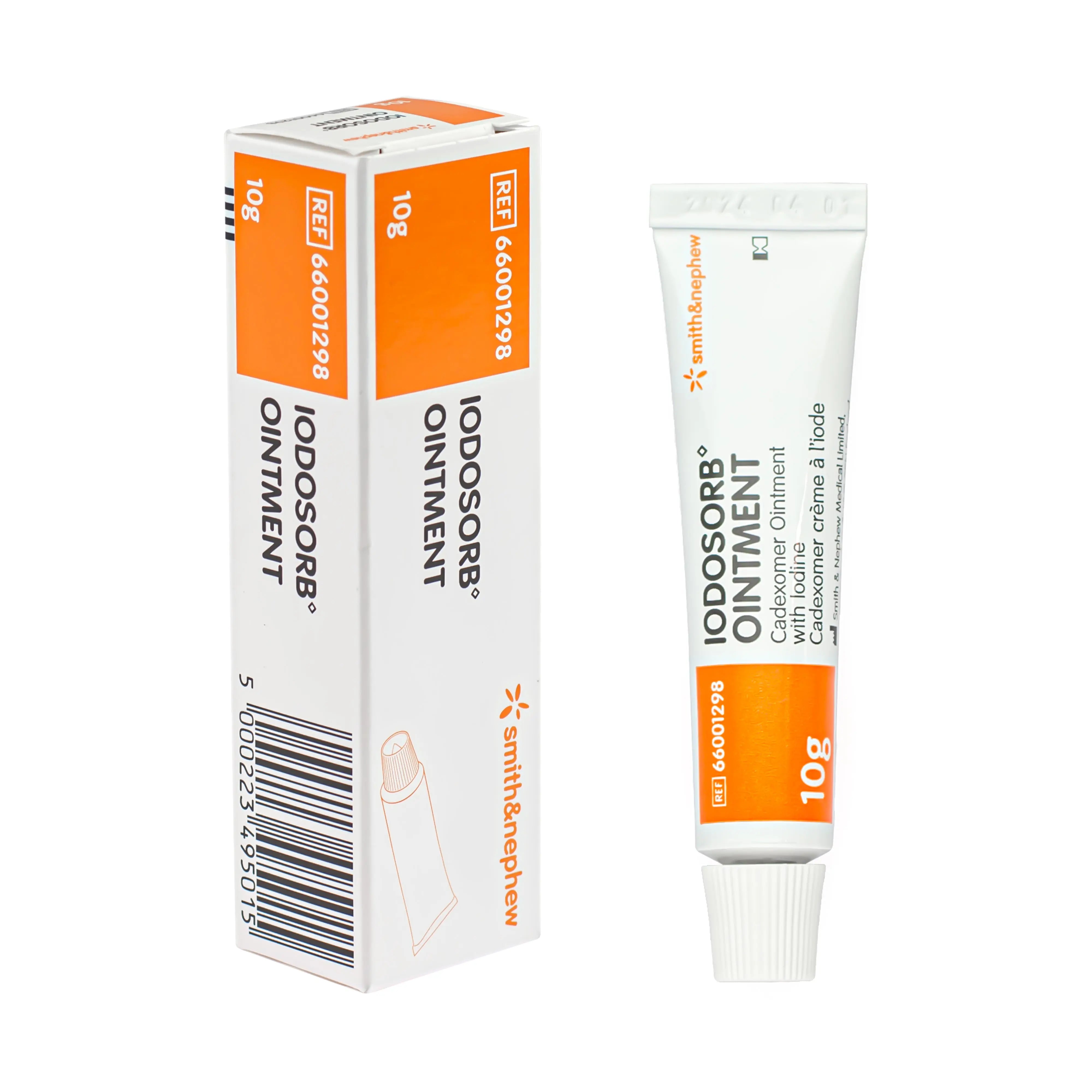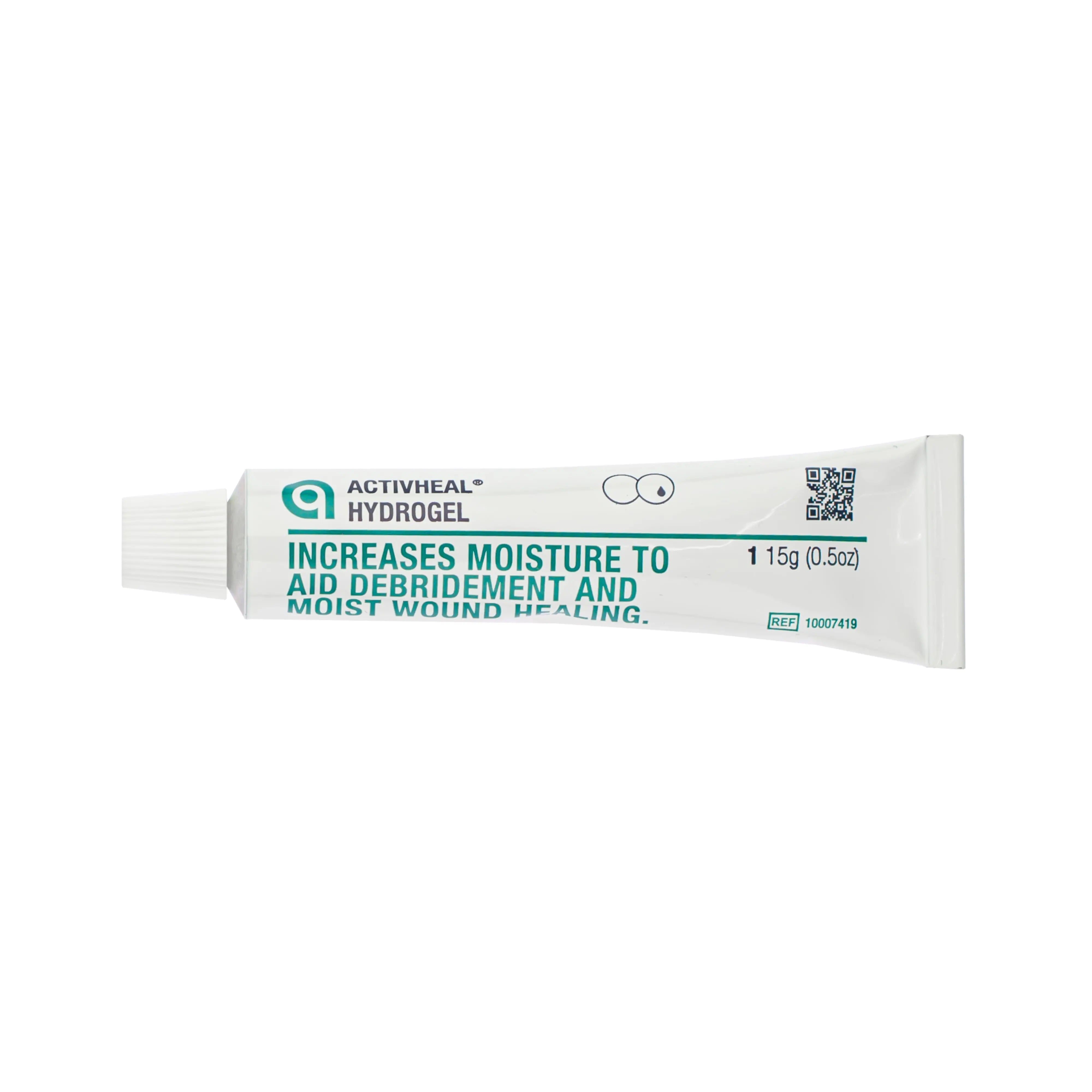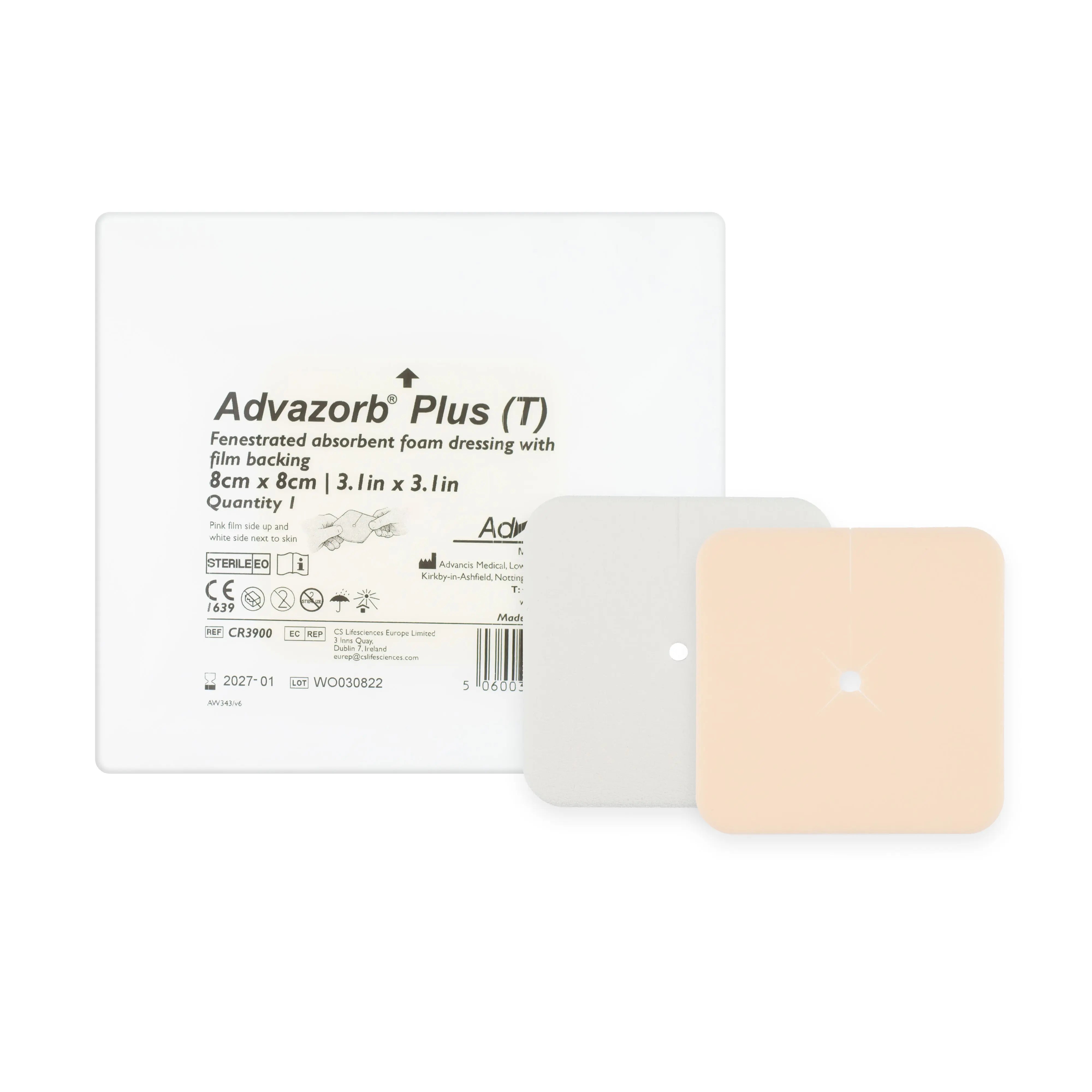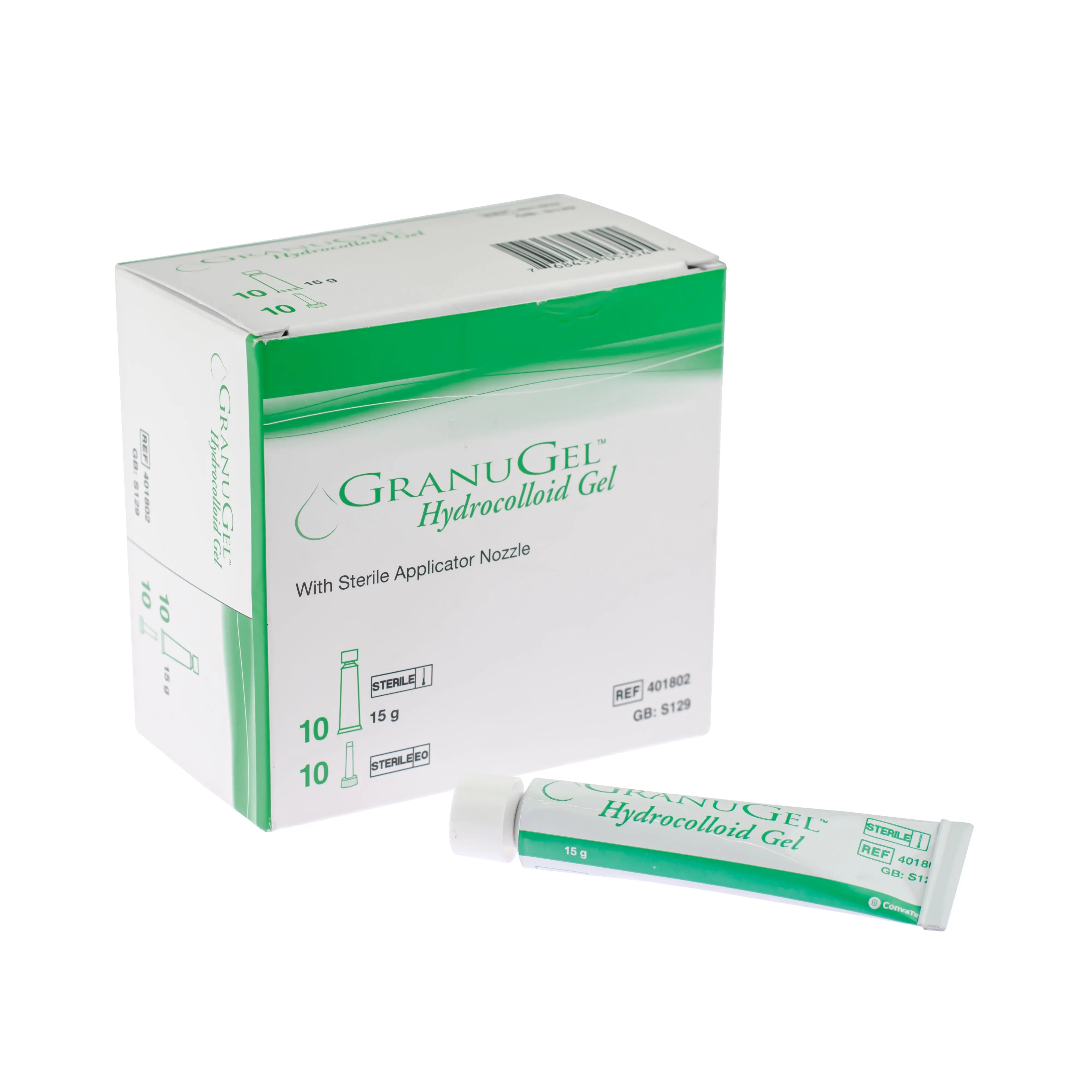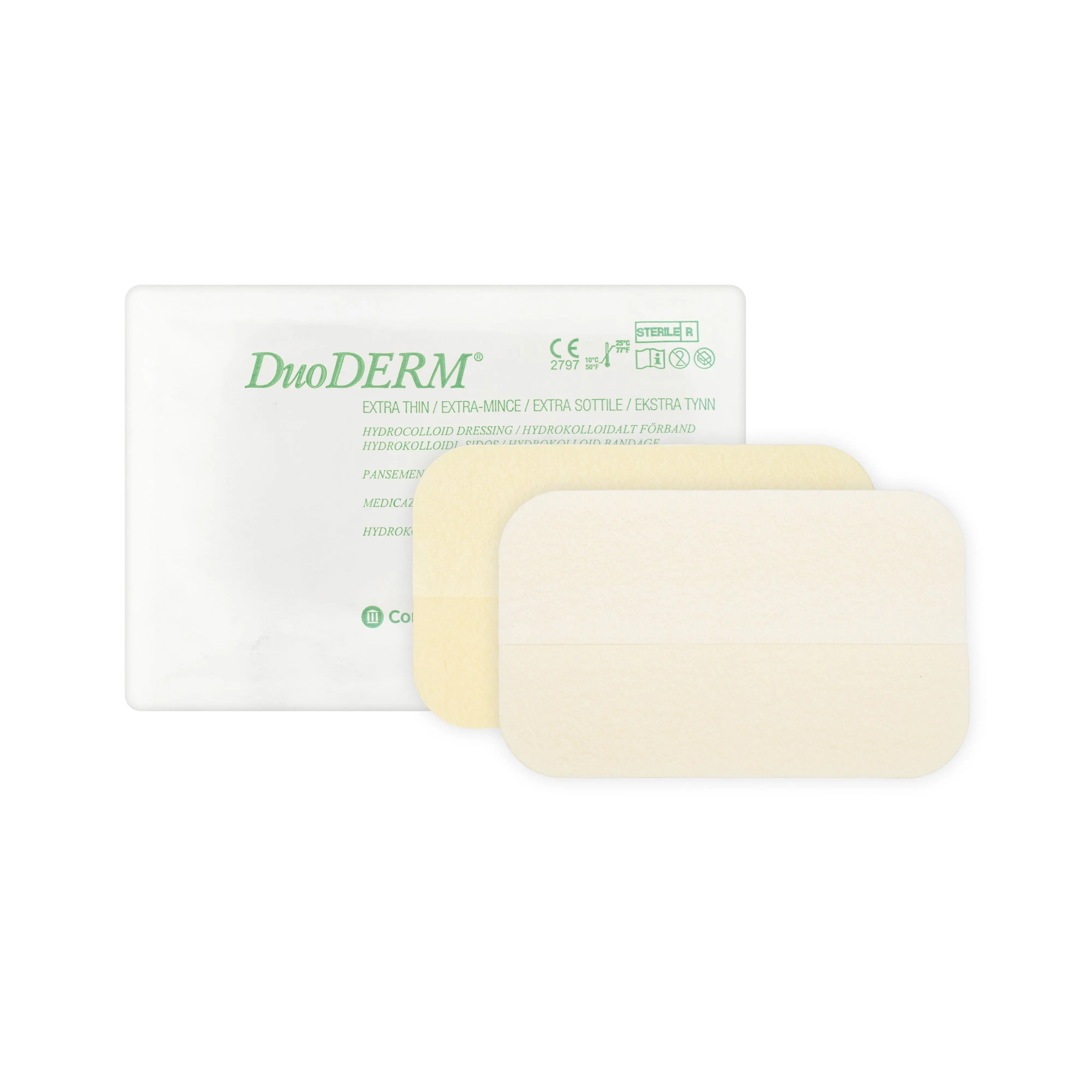Honey dressings
Shop our range of specialist dressings, infused with antibacterial and odour eliminating medical grade honey. Viscose nets, gauze, gel sheets, & rope dressings from leading brands MediHoney, Actilite and Activon.
Browse
Popular products
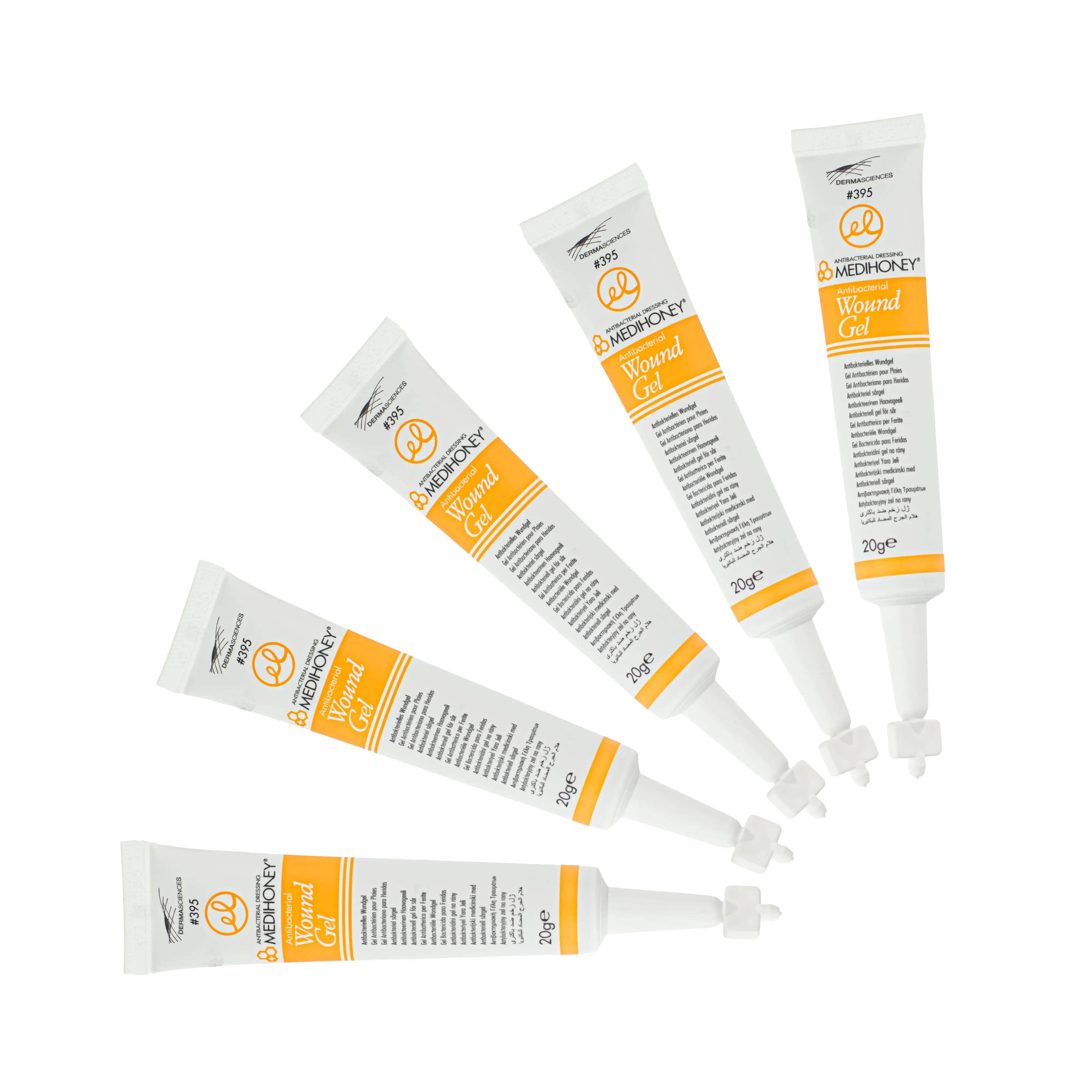
MediHoney
MediHoney Antibacterial Wound Gel - Active Leptospermum Manuka Honey (10g or 20g) (x1, 5 or 20)

MediHoney
MediHoney Antibacterial Apinate Dressing - Active Leptospermum Manuka Honey (10cm x 10cm) (x1 or 5)

MediHoney
MediHoney Antibacterial Apinate Rope - Active Leptospermum Manuka Honey (1.9cm x 30cm) (x5)
Resources

